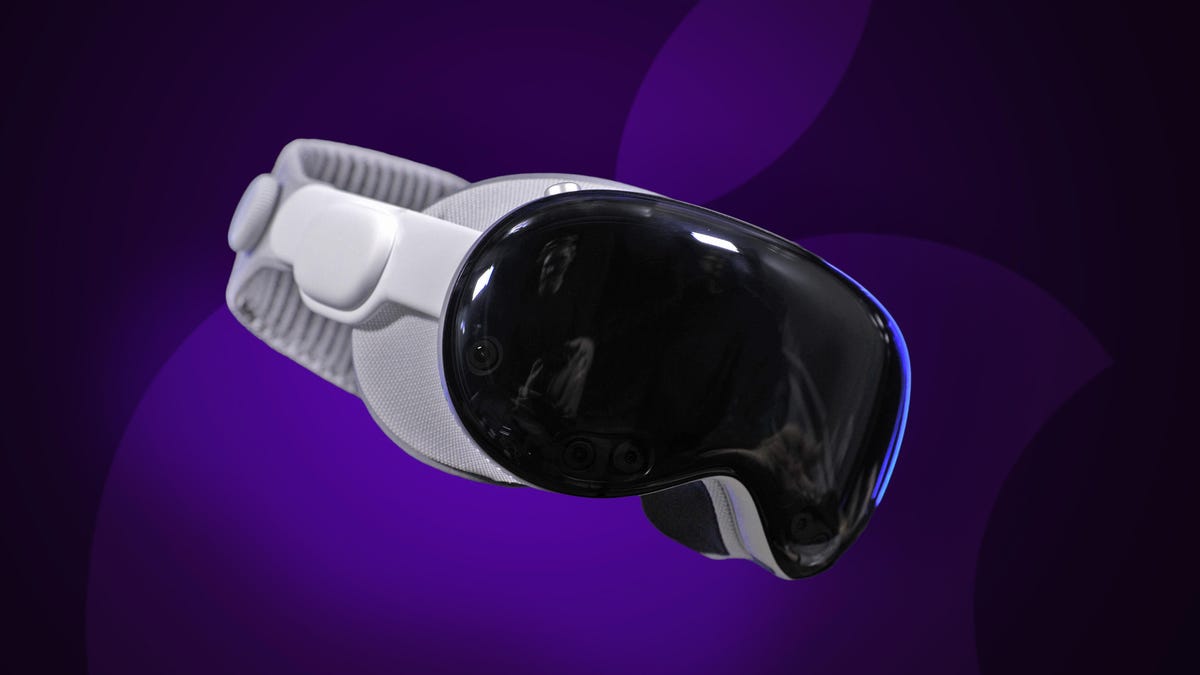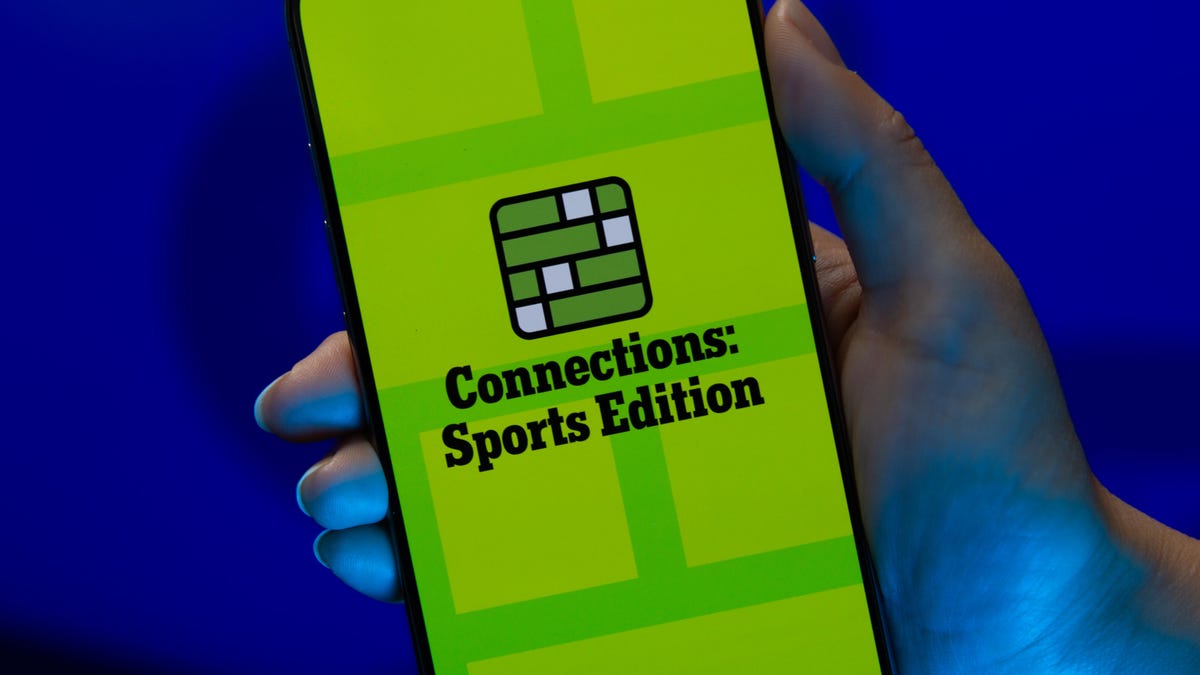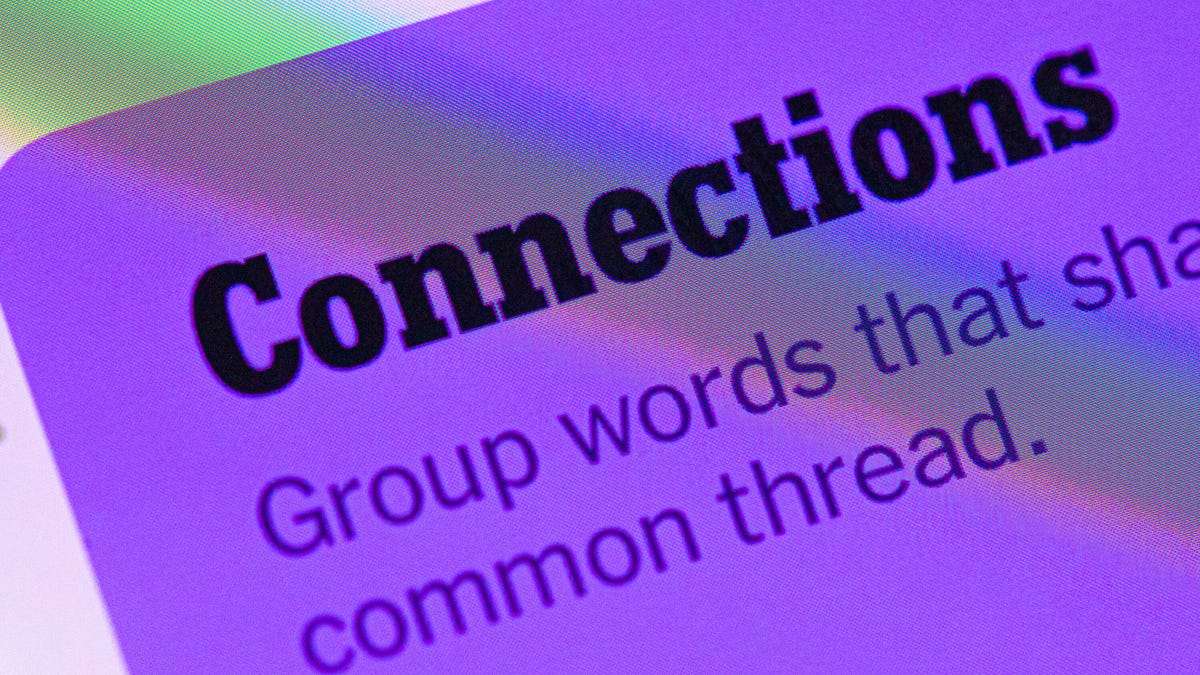Technologies
Apple Reportedly Planning New Vision Pro Models, Prioritizing Meta Ray-Ban Glasses Rival
The Meta AI-style glasses would serve as a placeholder until Apple can deliver more advanced AR eyewear, a new report suggests.

Apple is developing two new models of its Vision Pro headset, according to a report: one that’s expected to be lighter and more affordable than the original, and another designed to tether with Macs. Despite sluggish demand, the company remains focused on creating versions of the AR/VR headset with broader mainstream appeal, Bloomberg reported on Monday.
The lower-cost Vision Pro will likely have a less powerful chip and scaled-back features, bringing the price down significantly from the original $3,500. It’s also expected to include an ultralow-latency system for streaming a Mac display, according to the report. And in line with previous reports, Apple is also still working on its own smart glasses equipped with cameras and microphones, similar to Meta’s Ray-Ban line.
CEO Tim Cook «cares about nothing else» more than delivering a true pair of AR glasses, calling it a «top priority,» Bloomberg said, citing an anonymous Apple engineer. But until the technology can be perfected in a way that’s comfortable and as wearable as traditional eyewear, Apple sees camera- and mic-enabled glasses as a stepping stone into the space.
This builds on earlier reports that Apple intends to channel some of the Vision Pro’s billion-dollar R&D investment in visual intelligence into future products, including smart glasses expected to launch in 2027.
Apple did not immediately respond to a request for comment.
In recent years, Apple has often focused on refining buzzy, existing technologies, from mixed-reality headsets to AI features. As it stands, Meta is better positioned to dominate the smart glasses category, particularly as it continues to enhance its hardware, software and growing ecosystem of services. But Cook, according to Bloomberg, is «hell-bent on creating an industry-leading product before Meta can.»
The report said the glasses would use Siri and Visual Intelligence as part of Apple’s broader Apple Intelligence AI platform. In keeping with Apple’s overall product strategy, privacy would remain a central focus.
Still, the company may face challenges in making the device as indispensable as its other products, particularly the iPhone — and at a price that’s accessible enough to drive mass adoption.
A long-term priority
Eric Abbruzzese, research director at market research firm ABI Research, called Apple’s interest in smart glasses a long-term priority.
«AR has simply proven more difficult than VR to go to market with devices that balance cost and capability,» he said. «AR as a supplement to the smartphone, similar to an Apple Watch, is a very compelling product category that is truthfully only just starting to be served appropriately.»
Glasses like Meta’s Ray-Bans show that people are interested in smart eyewear but building ones with screens still presents a major challenge, Abbruzzese said. At the same time, AR and AI are increasingly intertwined, with companies like Apple, Meta and Google designing products that blend the two. Abbruzzese described the «holy grail» product as mass-market smart glasses — an affordable, display-enabled wearable that pairs with a smartphone and uses sensors, voice input and AI agents for natural, hands-free interaction.
«The relationship between AR and AI is a significant, mutually beneficial relationship where each technology benefits from the other,» he said.
Technologies
Today’s NYT Mini Crossword Answers for Friday, Dec. 26
Here are the answers for The New York Times Mini Crossword for Dec. 26.

Looking for the most recent Mini Crossword answer? Click here for today’s Mini Crossword hints, as well as our daily answers and hints for The New York Times Wordle, Strands, Connections and Connections: Sports Edition puzzles.
Need some help with today’s Mini Crossword? Some of the clues are tough today — I thought maybe 1-Across was referring to the Grinch, or even Oscar the Grouch, but was I ever wrong! Read on for all the answers. And if you could use some hints and guidance for daily solving, check out our Mini Crossword tips.
If you’re looking for today’s Wordle, Connections, Connections: Sports Edition and Strands answers, you can visit CNET’s NYT puzzle hints page.
Read more: Tips and Tricks for Solving The New York Times Mini Crossword
Let’s get to those Mini Crossword clues and answers.
Mini across clues and answers
1A clue: Furry and green, say
Answer: MOSSY
6A clue: State known for its potatoes
Answer: IDAHO
7A clue: Like a faithful friend
Answer: LOYAL
8A clue: Had a beverage
Answer: DRANK
9A clue: Pronoun frequently paired with «her»
Answer: SHE
Mini down clues and answers
1D clue: Not spicy, as salsa
Answer: MILD
2D clue: Reasons for wrinkled noses
Answer: ODORS
3D clue: Words from a doctor checking your tonsils
Answer: SAYAH
4D clue: Comedian Gillis
Answer: SHANE
5D clue: Part of an egg used to make hollandaise sauce
Answer: YOLK
Don’t miss any of our unbiased tech content and lab-based reviews. Add CNET as a preferred Google source.
Technologies
Today’s NYT Connections: Sports Edition Hints and Answers for Dec. 26, #459
Here are hints and the answers for the NYT Connections: Sports Edition puzzle for Dec. 26, No. 459.

Looking for the most recent regular Connections answers? Click here for today’s Connections hints, as well as our daily answers and hints for The New York Times Mini Crossword, Wordle and Strands puzzles.
Today’s Connections: Sports Edition is a tough one. That purple category once again has players looking for a different, but related, hidden word in four of the clues. If you’re struggling with today’s puzzle but still want to solve it, read on for hints and the answers.
Connections: Sports Edition is published by The Athletic, the subscription-based sports journalism site owned by The Times. It doesn’t appear in the NYT Games app, but it does in The Athletic’s own app. Or you can play it for free online.
Read more: NYT Connections: Sports Edition Puzzle Comes Out of Beta
Hints for today’s Connections: Sports Edition groups
Here are four hints for the groupings in today’s Connections: Sports Edition puzzle, ranked from the easiest yellow group to the tough (and sometimes bizarre) purple group.
Yellow group hint: Big Apple jock.
Green group hint: College football fun.
Blue group hint: On the road.
Purple group hint: Hunt down a word in other words.
Answers for today’s Connections: Sports Edition groups
Yellow group: A New York athlete.
Green group: Bowl games.
Blue group: Associated with a team road trip.
Purple group: Ends in a movement verb.
Read more: Wordle Cheat Sheet: Here Are the Most Popular Letters Used in English Words
What are today’s Connections: Sports Edition answers?
The yellow words in today’s Connections
The theme is a New York athlete. The four answers are Islander, Net, Ranger and Yankee.
The green words in today’s Connections
The theme is bowl games. The four answers are Alamo, Gator, Liberty and Pinstripe.
The blue words in today’s Connections
The theme is associated with a team road trip. The four answers are bus, flight, hotel and visiting locker room.
The purple words in today’s Connections
The theme is ends in a movement verb. The four answers are foxtrot (trot), newsprint (sprint), terrace (race) and thunderbolt (bolt).
Don’t miss any of our unbiased tech content and lab-based reviews. Add CNET as a preferred Google source.
Technologies
Today’s NYT Connections Hints, Answers and Help for Dec. 26, #929
Here are some hints and the answers for the NYT Connections puzzle for Dec. 26 #929

Looking for the most recent Connections answers? Click here for today’s Connections hints, as well as our daily answers and hints for The New York Times Mini Crossword, Wordle, Connections: Sports Edition and Strands puzzles.
Today’s NYT Connections puzzle is full of fun pop-culture references. Read on for clues and today’s Connections answers.
The Times has a Connections Bot, like the one for Wordle. Go there after you play to receive a numeric score and to have the program analyze your answers. Players who are registered with the Times Games section can now nerd out by following their progress, including the number of puzzles completed, win rate, number of times they nabbed a perfect score and their win streak.
Read more: Hints, Tips and Strategies to Help You Win at NYT Connections Every Time
Hints for today’s Connections groups
Here are four hints for the groupings in today’s Connections puzzle, ranked from the easiest yellow group to the tough (and sometimes bizarre) purple group.
Yellow group hint: Golden state cliches.
Green group hint: Funny films.
Blue group hint: Rock on.
Purple group hint: Not white.
Answers for today’s Connections groups
Yellow group: California-based character tropes.
Green group: Comedy subgenres.
Blue group: ’70s rock bands.
Purple group: Black ____.
Read more: Wordle Cheat Sheet: Here Are the Most Popular Letters Used in English Words
What are today’s Connections answers?
The yellow words in today’s Connections
The theme is California-based character tropes. The four answers are movie exec, surfer, tech bro and Valley Girl.
The green words in today’s Connections
The theme is comedy subgenres. The four answers are buddy, cringe, screwball and stoner.
The blue words in today’s Connections
The theme is ’70s rock bands. The four answers are America, Chicago, Foreigner and Journey.
The purple words in today’s Connections
The theme is black ____. The four answers are Forest, Friday, Panther and Widow.
Don’t miss any of our unbiased tech content and lab-based reviews. Add CNET as a preferred Google source.
-

 Technologies3 года ago
Technologies3 года agoTech Companies Need to Be Held Accountable for Security, Experts Say
-

 Technologies3 года ago
Technologies3 года agoBest Handheld Game Console in 2023
-

 Technologies3 года ago
Technologies3 года agoTighten Up Your VR Game With the Best Head Straps for Quest 2
-

 Technologies4 года ago
Technologies4 года agoBlack Friday 2021: The best deals on TVs, headphones, kitchenware, and more
-

 Technologies4 года ago
Technologies4 года agoVerum, Wickr and Threema: next generation secured messengers
-

 Technologies4 года ago
Technologies4 года agoGoogle to require vaccinations as Silicon Valley rethinks return-to-office policies
-

 Technologies4 года ago
Technologies4 года agoOlivia Harlan Dekker for Verum Messenger
-

 Technologies4 года ago
Technologies4 года agoiPhone 13 event: How to watch Apple’s big announcement tomorrow
